Wizards. Dragons. Fairies. Kings. Queens. Epic battles. Amulets. Magic wands. Quests. With its ability to allow us to suspend belief and enter otherworldly realms where anything can happen and anything is possible, fantasy is one of the most popular and beloved literary genres. However, the exact same reasons it’s so loved can also make it a difficult genre to break into.
Many readers feel like they've fallen into their own sci-fi horror stories if they dive into a long book that involves multiple families, kingdoms, and events that may be difficult to track and remember. And since the many details of the worlds of fairies and goblins are not always properly explained in books that function as sequels or prequels of original novels, it might feel even harder to figure out where exactly to begin. If you’re looking for how to get into new fictional worlds in a way that highlights the best of the fantasy genre but is still accessible, these best fantasy books are the best places to start.


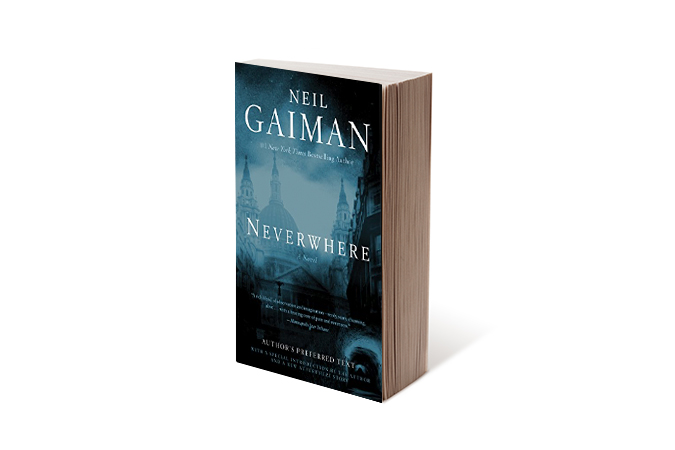


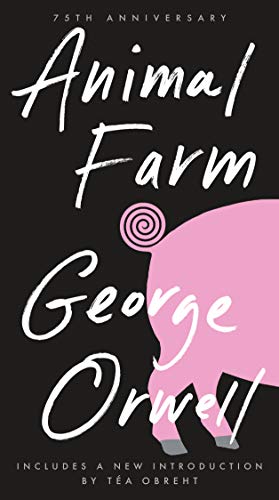
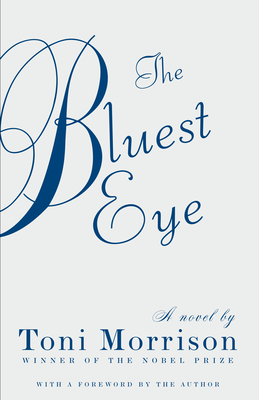
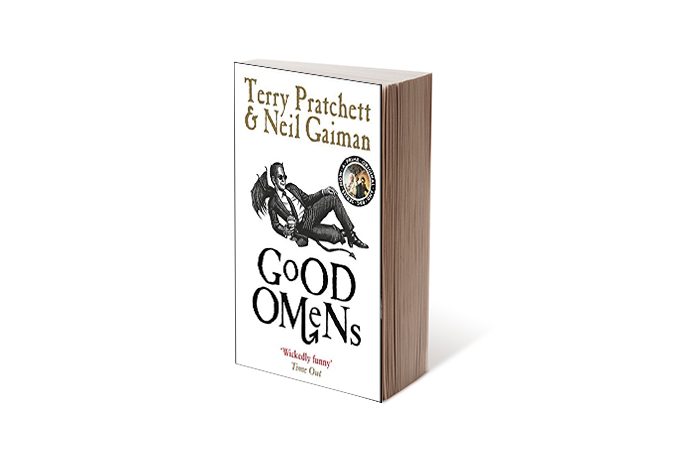
Good Omens by Neil Gaiman and Terry Pratchett
With high stakes and high drama, many fantasy series are very serious affairs. Not Good Omens. Written with Pratchett’s delightful knack for creating absurd off-the-wall characters and Gaiman’s characteristic flair for world-building and utilizing elements of history and religion, Good Omens is one of the best fantasy books to start with, as its humor and grounded-in-reality setting helps genre newbies find their footing before being launched into the strange and fantastical world of Pratchett and Gaiman’s minds. Based heavily on Biblical events and characters, the story follows Aziraphale, an angel, and Crowley, a demon, as they attempt to sabotage the coming End Times and the rise of Satan’s Son on Earth so they can continue living their comfortable, Earth-bound lives instead of returning to Heaven and Hell. Misadventure and misunderstandings, of course, ensue. Deliciously funny, it’s a fast and fun read for lovers of humor, witty comedy, and wacky characters.

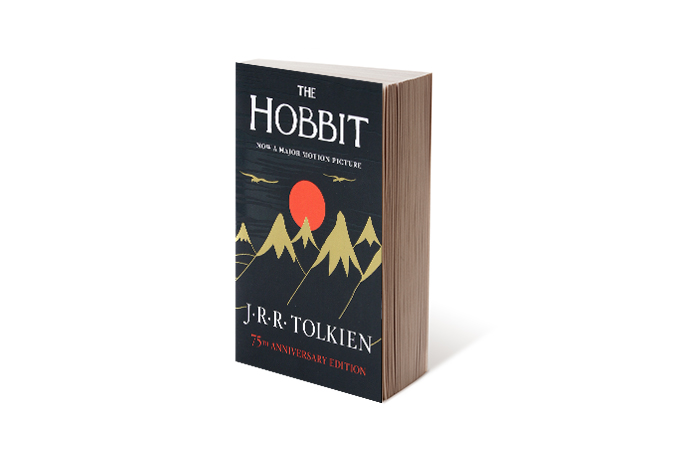
The Hobbit by J.R.R. Tolkien
The Lord of the Rings reigns as one of the best fantasy series of all time. But if you’re not ready to tackle the entire trilogy (which clocks in at over a thousand pages), its prequel, The Hobbit, is a much easier place to be introduced to the world of Middle Earth. The book (which was published as a children’s fantasy novel) follows the hobbit Bilbo Baggins as he helps a band of dwarves (guided and aided by Gandalf the wizard) to reclaim their kingdom, the Lonely Mountain, from Smaug the Dragon, as well as receive a share of the massive horde of treasure the dragon guards. Along the way, the group gets waylaid by encounters with elves, goblins, giant spiders, and other beings; this book is also when Bilbo first finds the Ring. It was based on this book’s success that Tolkien made changes to the following Lord of the Rings trilogy, such as having Bilbo keep the Ring when he returns to Hobbiton, thus setting up the start of the Fellowship of the Ring. Full of adventure, fantastic creatures, battles, and magic, it’s a thrilling read that’s sure to pull readers in and make them want to continue on to the trilogy proper.

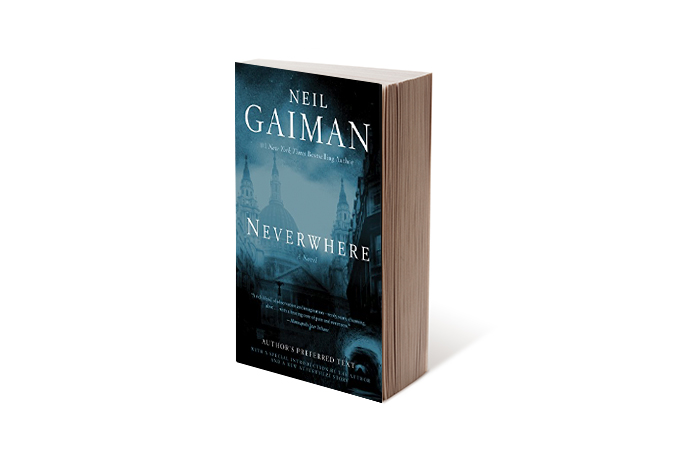
Neverwhere by Neil Gaiman
Author Neil Gaiman is one of the great fantasy writers of our time, crafting ingenious stories that blend history, mythology, horror, and contemporary society and culture. Some of his books definitely tend toward heavier fare, but a great starting point is Neverwhere. Set in London, the novel centers around a man, Richard Mayhew, who finds a bleeding girl on the sidewalk one day and rescues her. This girl, Door, comes from a magical realm called London Below -- literally, a shadowy, fantasy version of London where the landmarks are all the same but mystical creatures dwell and danger lurks (down there, it’s literally “mind the gap” between the train and the platform because a monster could grab you). After Richard’s life is thrown into turmoil by his encounter with Door, he heads into London Below after her and joins her quest to find out who murdered her family and why. Rich with all the things that fantasy readers love (like underground labyrinths, assassins, and speaking rats, to start), it’s a captivating read that, while it may not be as famous as some of his other works, is still one of Gaiman’s best and is a classic among his fans.

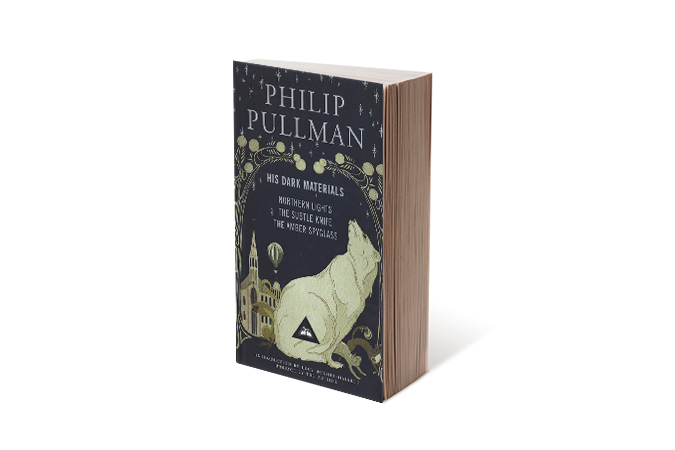
His Dark Materials by Philip Pullman
As the continent that has given the fantasy world some of its most exalted authors, like J.R.R. Tolkien, C.S. Lewis, Neil Gaiman, and Terry Pratchett, the proof is in the pudding that the British just do fantasy better, and the His Dark Materials trilogy by English writer Philip Pullman is another excellent addition to the legendary canon of British fantasy. The three volumes -- The Golden Compass, The Subtle Knife, and The Amber Spyglass -- tell the story of two children living in a universe very similar to our own but with magical elements, such as the presence of dæmons -- shape-shifting creatures that are magically attached to their people at all times and take on a singular form when their human counterpart reaches adulthood.
In the first book, The Golden Compass, readers are introduced to Lyra Belacqua, who discovers that children are going missing and being used in a plot to gain access to a different universe. In the following books, with the other protagonist Will Parry, the two explore these different universes, always on the run from evil forces that aim to capture them and control the multiverse. Along with the elements of fantasy (such as witches that take on evil scientists, armored bears, those shape-shifting dæmons, and magical instruments that tell the truth), there are also elements of science fiction (including Dust, a conscious particle), physics, and theology that come together to create a rich tapestry of magical intrigue and adventure. Although the trilogy has found success among young adults, Pullman actually wrote the

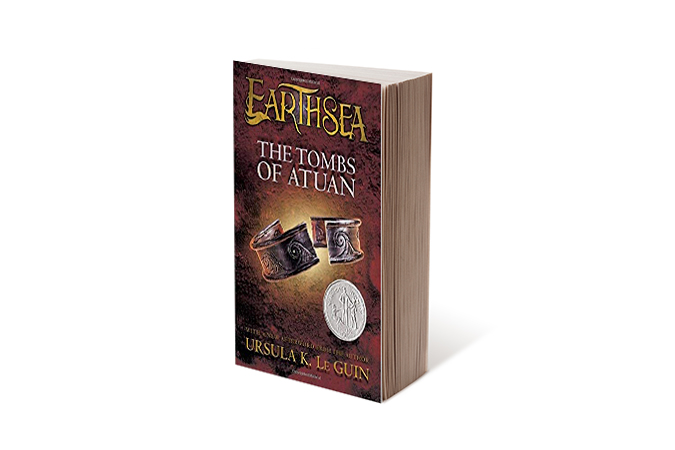
The Books of Earthsea: The Complete Illustrated Edition by Ursula K. Le Guin
Set in a fictional archipelago inhabited by humans, dragons, and wizards, The Wizard of Earthsea is the first installation of the popular Earthsea Cycle, which continues for five books. In The Wizard, a young man named Ged is found to possess tremendous magical abilities and is enrolled in a wizardry school. While there, he inadvertently unleashes a shadow creature when a spell goes wrong. For the rest of the book, the creature pursues Ged throughout the archipelago, wishing to possess him. To find out what happens, you’ll just have to read the book! Considered one of Le Guin’s masterpieces, it’s a beloved staple of the fantasy genre for its imaginative world, coming-of-age story, and resemblance to traditional “hero’s journey” epics.

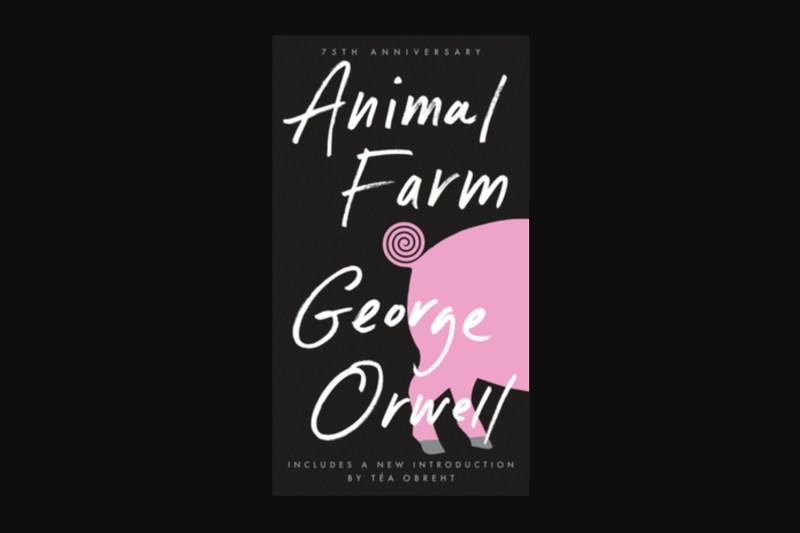
Animal Farm by George Orwell
If you seek a fantasy novel that transports you into a different world while simultaneously informing you on the very real dangers of our real world, try George Orwell's Animal Farm. Though Orwell used the 1917 Russian Revolution and the rise of the Soviet Union as inspiration for his 1945 allegorical fairy tale of anthropomorphic animals rising up against their human farmer oppressor to establish their own society where all animals are "equal, free, and happy", the U.S. government felt so threatened by Orwell's warning against any and all forms of authoritarianism that the CIA covertly purchased Animal Farm's film rights from Orwell's estate and financed an animated film that altered major parts of Orwell's original story in order to "combat the culture of communism"!
If you prefer to experience Animal Farm as Orwell originally intended, pick up the book and read like a rebel. It's also a nice entryway into Orwell's other works, such as his iconic sci-fi/horror novel 1984, as well as into similar works, such as Aldous Huxley's Brave New World, Ray Bradbury's Fahrenheit 451, and Suzanne Collins' The Hunger Games.

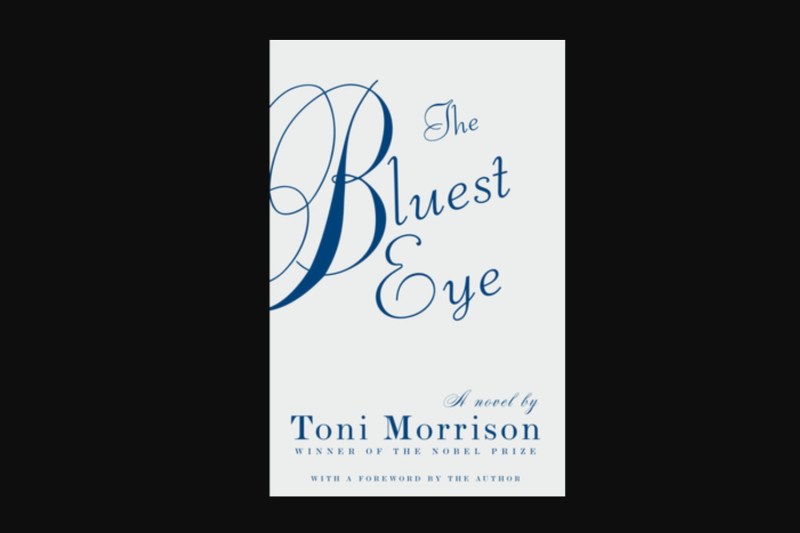
The Bluest Eye by Toni Morrison
Like George Orwell's Animal Farm, the great American author Toni Morrison used various fantastical elements to shine a light on real-world issues like racism, misogyny, poverty, and domestic and sexual violence in her 1970 novel The Bluest Eye. Often told through the "eyes" of a Black girl named Pecola who was so beaten down by internalized racism and body-shaming that she retreated from reality, The Bluest Eye served as Morrison's cogently and surrealistically written clapback to efforts to "whitewash" and "sanitize" the ugly inequities of 20th century America.
If you've ever been curious to jump into more postmodern "make fantasy to make a statement" stories like Umberto Eco's The Name of the Rose, Margaret Atwood's The Handmaid's Tale, and Charlaine Harris' The Southern Vampire Mysteries (which served as source material for the hit HBO show True Blood), you may want to start with Toni Morrison and The Bluest Eye to see how she helped lay the foundation for a more contemporary school of fantasy literature that utilizes fantasy to help us better understand the actual world we live in.

We hope this guide helps you discover new worlds, lose yourself in the ultimate fantasy, and perhaps even let "the pretend world" teach you valuable lessons for our real world. For more great ideas for future great reads, check out the best books from around the world, our 11 favorite coffee books, the 11 great books on social justice, and these seven great books on sleep to help you sleep. Since reading is always fundamental, we'll wrap this up so you can jump into some totally awesome books.




